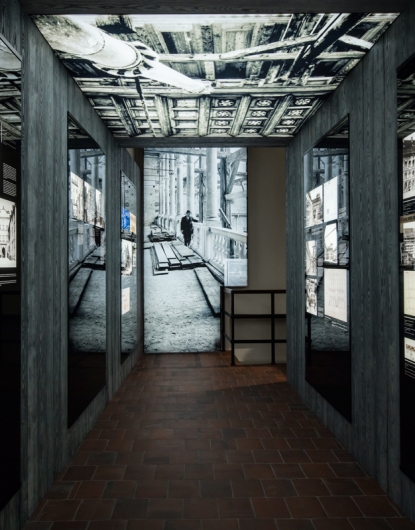
Wawel Recovered
on view from May 7, 2024
The new permanent exhibition on view in the medieval interiors of a group of Gothic buildings on the north side of Wawel Hill focuses on Wawel's history from the Poland's loss of independence in 1795 to the present day. It tells the story of the trying period of the Partitions, when the Poland's territory was carved up by Russia, Prussia, and Austria, and Wawel was converted into an Austrian military stronghold. During this period, some medieval buildings were demolished and the once-splendid royal residence was turned into barracks for the occupying army. The exhibition also recounts the history of the Poles' recovery of the castle from the Austrians and the decades-long restoration process, accomlished with the involvement of prominent painters, sculptors, architects, and restorers whose visions and designs were partially realized and can still be admired today. Experience the story of the castle's restoration through works of art, architectural details, arms, collectibles, large-format reproductions of period photographs and archival dokument, as well as engaging multimedia presentations and interactive computer programs.
The new permanent exhibition on view in the medieval interiors of a group of Gothic buildings on the north side of Wawel Hill focuses on Wawel's history from the Poland's loss of independence in 1795 to the present day. It tells the story of the trying period of the Partitions, when the Poland's territory was carved up by Russia, Prussia, and Austria, and Wawel was converted into an Austrian military stronghold. During this period, some medieval buildings were demolished and the once-splendid royal residence was turned into barracks for the occupying army. The exhibition also recounts the history of the Poles' recovery of the castle from the Austrians and the decades-long restoration process, accomlished with the involvement of prominent painters, sculptors, architects, and restorers whose visions and designs were partially realized and can still be admired today. Experience the story of the castle's restoration through works of art, architectural details, arms, collectibles, large-format reproductions of period photographs and archival dokument, as well as engaging multimedia presentations and interactive computer programs.
“Wawel arises and is reborn, and with it arises to a new life the immortal spirit of the whole nation, for whom Wawel castle never ceased to be a monument of national renown and glory.” Juliusz Leo, 1905
This interactive exhibition incorporates cutting-edge technology, traditional works of art, architectural models, and large-scale illuminated reproductions of archival photographs to tell the story of Wawel Hill from the end of the 18th century to the end of the 20th. In the late 18th century the Polish-Lithuanian Commonwealth had been subject to a series of Partitions, whereby Prussia, Russia, and Austria carved up its territory amongst themselves, and finally, in 1795, wiped the country off the map. Wawel Hill (along with Cracow) was in the Austrian Partition until Poland reemerged as an independent state in 1918.
The exhibition focuses on the story of the struggle to recover Wawel Royal Castle from the Austrians and the enormous effort that went into its restoration. Housed in the vaulted Gothic interiors of a group of connected medieval houses, it also offers a glimpse of the architecture and archaeological relics of an even earlier period.
The exhibition focuses on the story of the struggle to recover Wawel Royal Castle from the Austrians and the enormous effort that went into its restoration. Housed in the vaulted Gothic interiors of a group of connected medieval houses, it also offers a glimpse of the architecture and archaeological relics of an even earlier period.
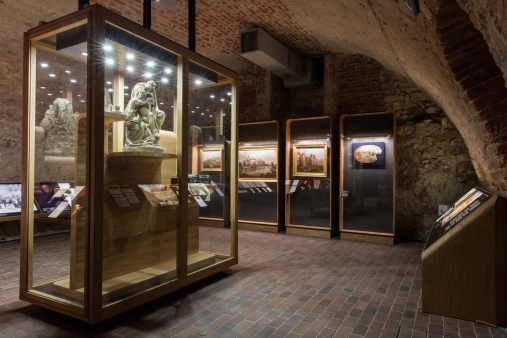
Following the loss of independence, Wawel remained a powerful symbol of statehood for the Poles. It was the site of the coronations of Poland’s kings and their final resting place. The extent of Wawel’s significance was reflected in the fine arts, as well as objects of daily use and souvenirs (these even included trinket boxes in the form of the royal tombs!).Multimedia program: “Wawel in 19th-century Poetry and Postcards”
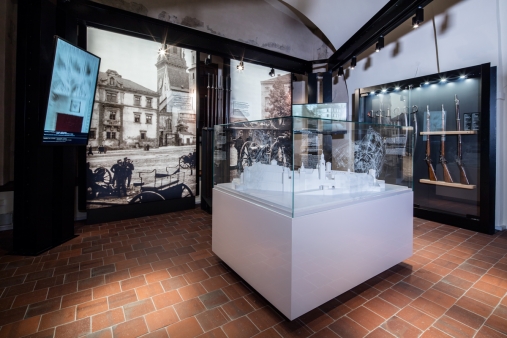
The exhibition shows the transformation of the magnificent castle into a citadel manned by the Austrian army. The once-splendid royal residence itself was heavily damaged when it was converted into barracks. Diplomatic efforts to wrest the castle from the army took over 50 years (1860–1911), but ended in success. On view are documents, publications, and photographs from this period. The people who made it possible are also highlighted.
Multimedia: “Wawel: The Citadel”, The Tomasz Pryliński Portfolios – an interactive program with touchscreen allows visitors to explore the architectural drawings and documentation created in 1882 by architect Tomasz Pryliński (1847–1895).
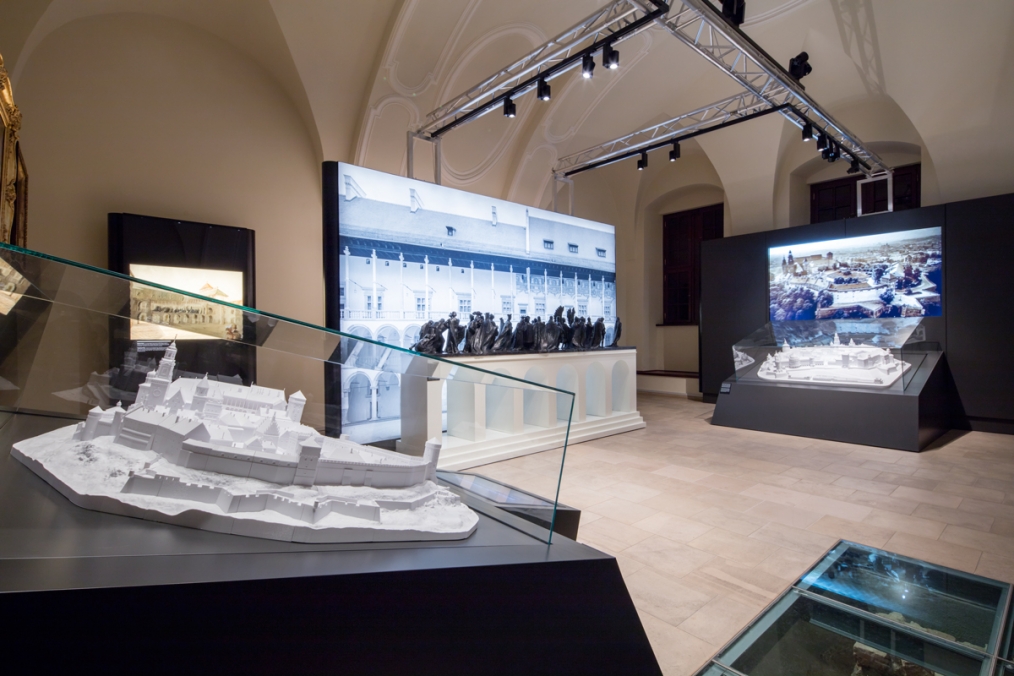
Once recovered from the Austrians, Wawel Royal Castle stirred the emotions and fired the imaginations of prominent artists. The exhibition explores two prime examples – Stanisław Wyspiański’s (1869–1907) “Acropolis,” a sweeping vision for the redevelopment of Wawel Hill and Wacław Szymanowski’s (1859–1930) monumental sculpture “Procession to Wawel.” Multimedia program: a virtual tour of the never-realized “Acropolis” designed by artist Stanisław Wyspiański and architect Władysław Ekielski.
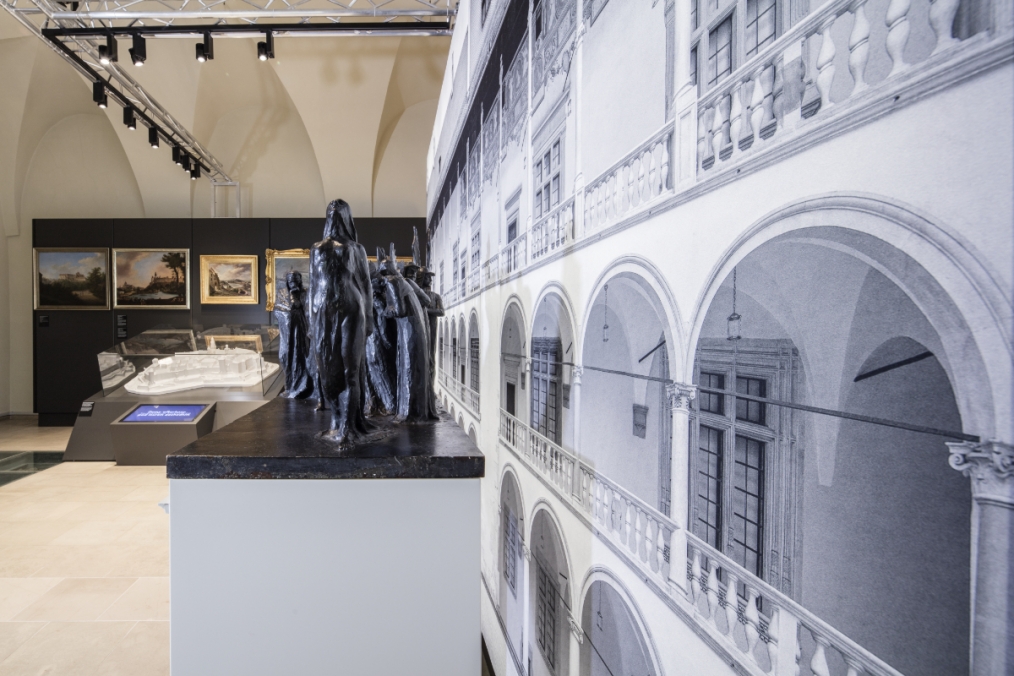
Szymanowski’s model for his colossal figural group „Procession to Wawel” is shown in front an image of the Arcaded Courtyard, illustrating how it would have looked had it been made and installed to close off the western end of the courtyard.
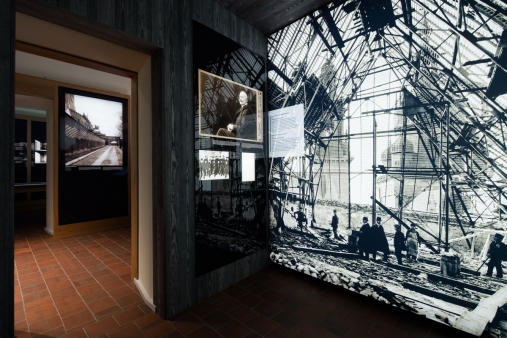
The restoration of Wawel was a top priority for the re-emergent Polish state. As the castle slowly regained its former grandeur it was adapted to function as both a museum and a residence of the President of the Republic of Poland. The restoration encompassed indoor and outdoor conservation and building works.
Two leading Polish architects presided over the works as Directors of the Office for the Restoration of Wawel Royal Castle: Zygmunt Hendel (from 1905 through 1912) and Adolf Szyszko-Bohusz (from 1916 through 1939). Their designs and the various avenues they explored are presented in the exhibition. The effects of their work can be appreciated on Wawel Hill to this very day.
Two leading Polish architects presided over the works as Directors of the Office for the Restoration of Wawel Royal Castle: Zygmunt Hendel (from 1905 through 1912) and Adolf Szyszko-Bohusz (from 1916 through 1939). Their designs and the various avenues they explored are presented in the exhibition. The effects of their work can be appreciated on Wawel Hill to this very day.
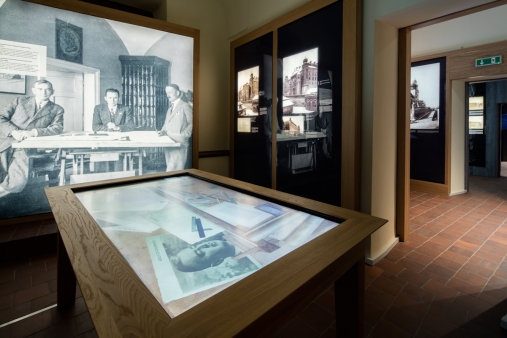
Interactive Multimedia Programs: “Four Designs for the Redevelopment of Wawel Hill by Adolf Szyszko-Bohusz” allows visitors to view and compare various designs created by the eminent modernist architect. “History of the Wawel Bricks” tells the story of a nation-wide fundraising campaign. Search the database of commemorative plaques to see if your ancestors donated!
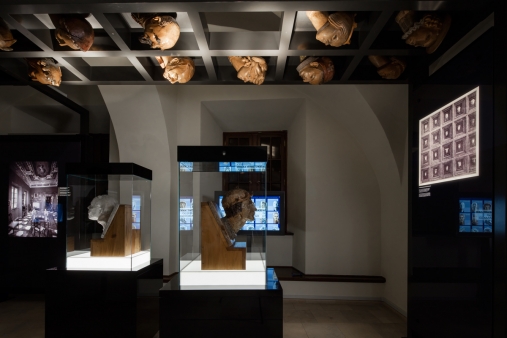
The exhibition also covers the costly and labor-intensive process of restoring the chambers of the castle. Most of the Renaissance chambers were decorated with coffered ceilings with gilded rosettes. However, the coffered ceiling of the Envoys’ Hall, had once held a set of 16th-century set of 193 wooden sculptures called the “Wawel Heads” of which only 30 survive. During the restoration, prominent sculptor Xawery Dunikowski (1875–1964) was commissioned to complete the missing heads.
Multimedia program: the story of the Dunikowski commission, 360o views of the sculptures, the contemporary Cracovians who posed for the artist, and selected exhibitions.
Multimedia program: the story of the Dunikowski commission, 360o views of the sculptures, the contemporary Cracovians who posed for the artist, and selected exhibitions.
In the Baroque rooms, compartmented ceilings were installed. They were filled paintings by contemporary artists including Felicjan Szczęsny-Kowarski (1890–1948) and Zygmunt Waliszewski (1897–1936). Multimedia program: view every detail of the ceiling paintings in high-resolution digital images; the program includes the history of the commission.
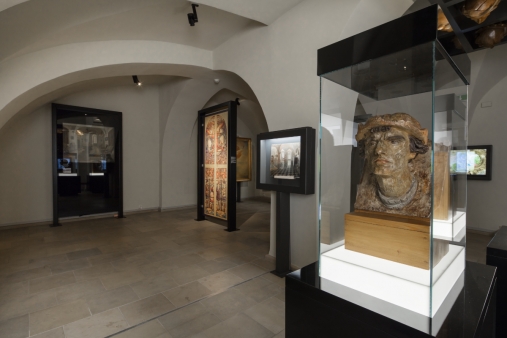
In spite of the best efforts of all involved, the restoration of Wawel Castle was not yet completed when World War II broke out. A summary of the most important conservation projects undertaken after the war provides a coda to the exhibition. The most recent (late 20th–early 21st century) are presented in the film “An Aerial View of Wawel.”
Wawel Castle. Uncovered Kingdom
Wawel Castle - an icon of architecture
Wawel Town
Stanisław Wyspiański
The Wawel as a symbol
